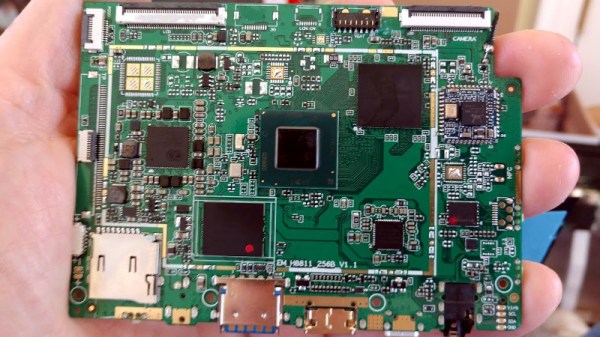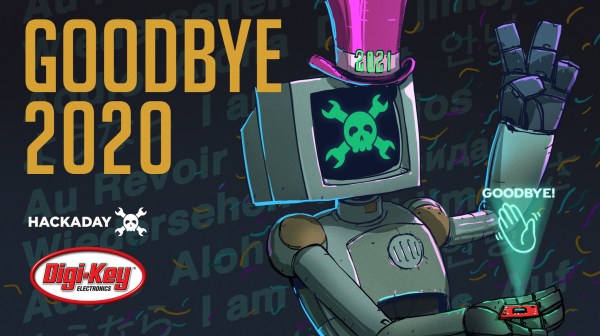It’s fair to say that many Hackaday readers will have a propensity for hoarding electronic or tech junk. Who hasn’t hung on to something because “It might be useful someday”? Spare a thought for [Mike Drew], who in his own words is “buried alive by tablets”. In this case the tablets are Intel-based ones that look as though they ran one of those cut-down Windows versions, and they appear to be rejects from a repair shop processing customer returns that he saved from the dumpster. They are missing their backs, and not all of their screens work, but they amount to a tidy pile of Stuff That’s Too Good To Throw Away.
The exact spec is a 1.4 GHz quad-core Atom with 4 GB of RAM and 32 GB of Flash, and appear from the photos to have HDMI and USB 3 interfaces. Happily they run Linux Mint 20 so they have plenty of potential, but there is only so much that one person can do with them before running out of ideas. He tells us he’s made a Folding@Home cluster, but beyond that he’s open to suggestions. Depending on the age of the commenter no doubt he’ll be exhorted to run Beowulf or mine Bitcoin, but we’d suggest more sensible ideas.
So, what would you do with them? They lack the handy GPIO port of a Raspberry Pi, but with suitable USB peripherals could you use them in any lowish-power distributed node project where the popular SBC would be the usual choice? Perhaps something like WeeWX, or OpenEnergyMonitor. Or how about distributed mesh network nodes, after all there’s an x86 port of LibreMesh. It’s obvious that there’s plenty of potential to be found, so help [Mike] with his problematic bounty in the comments.

















